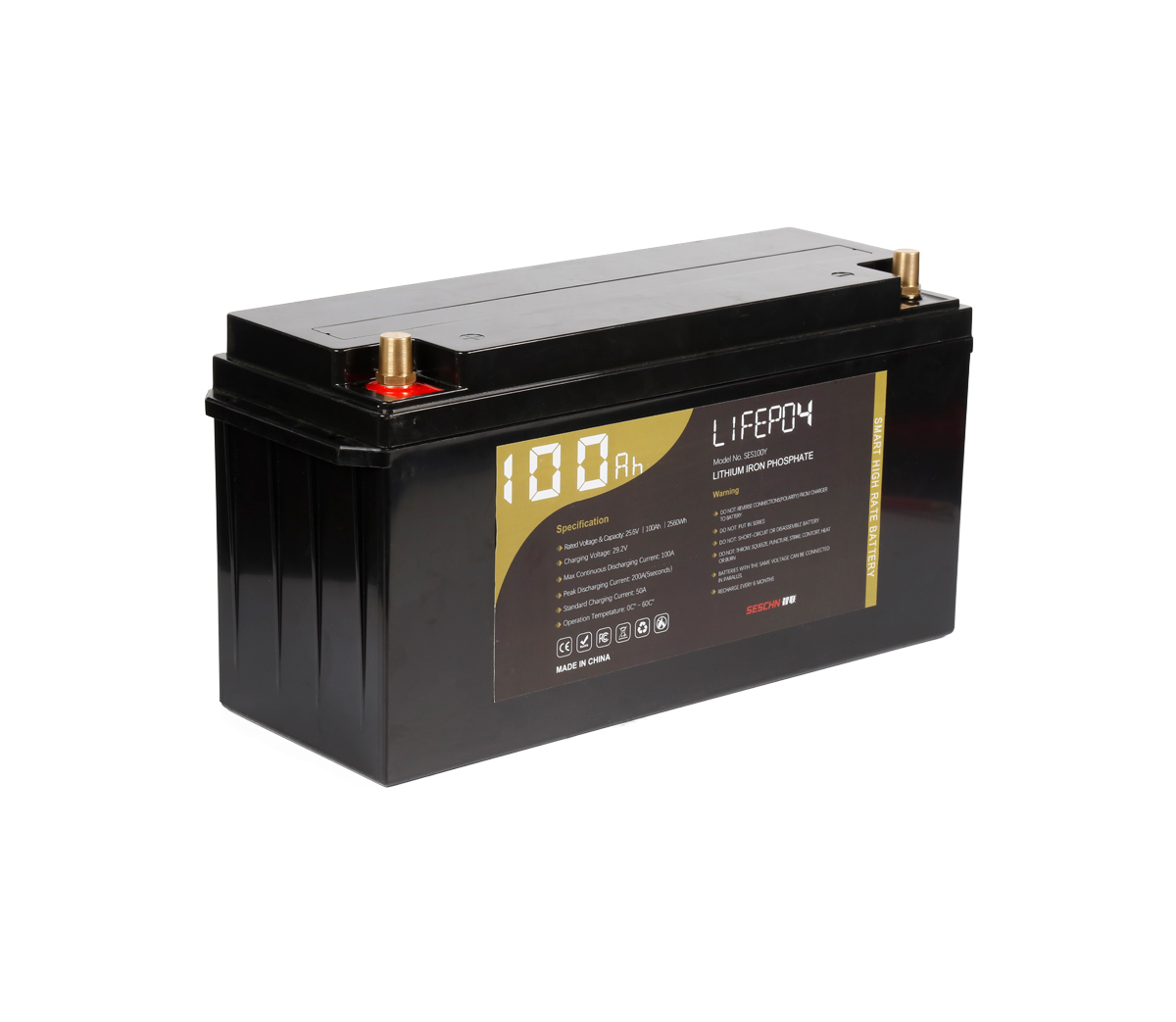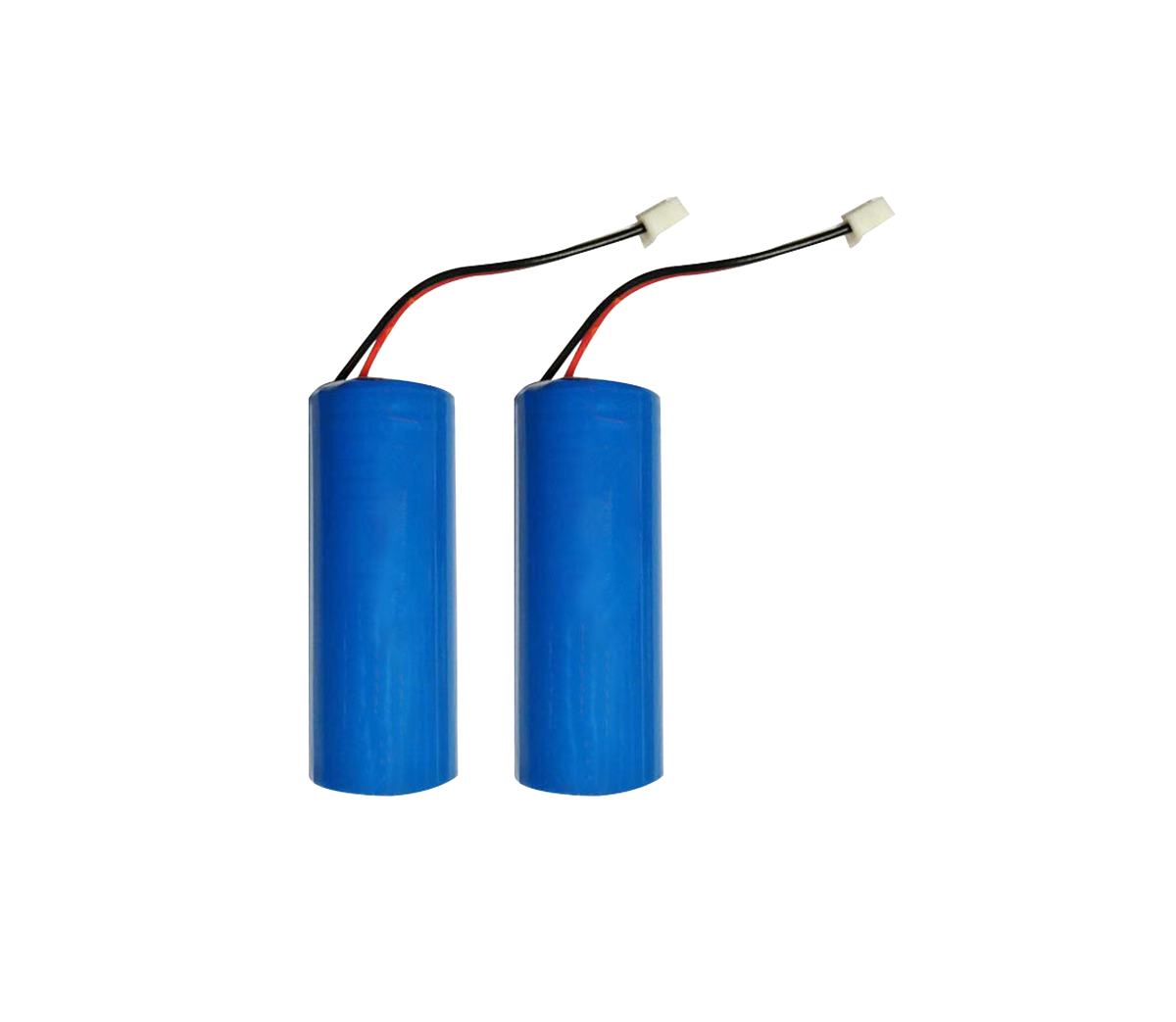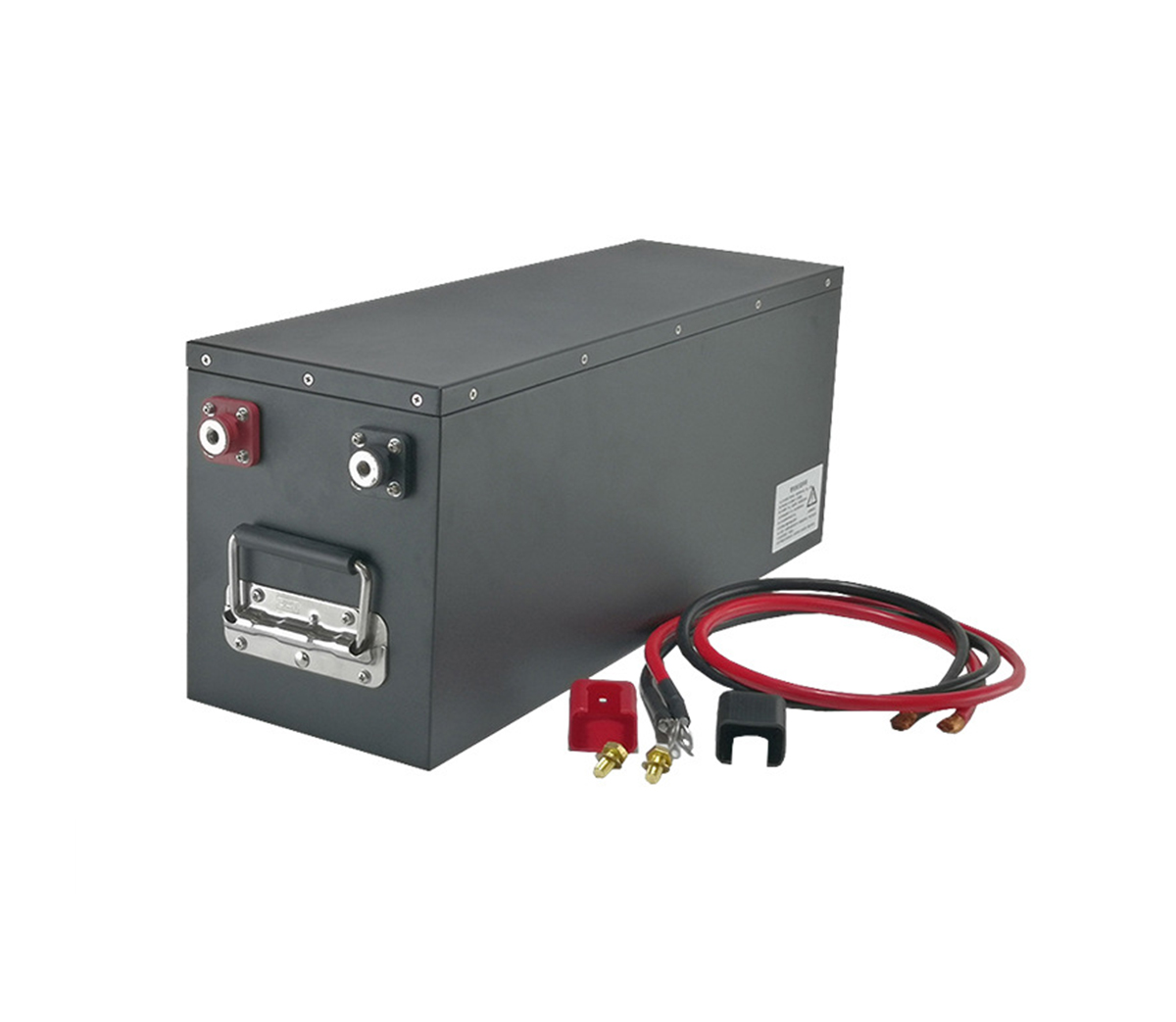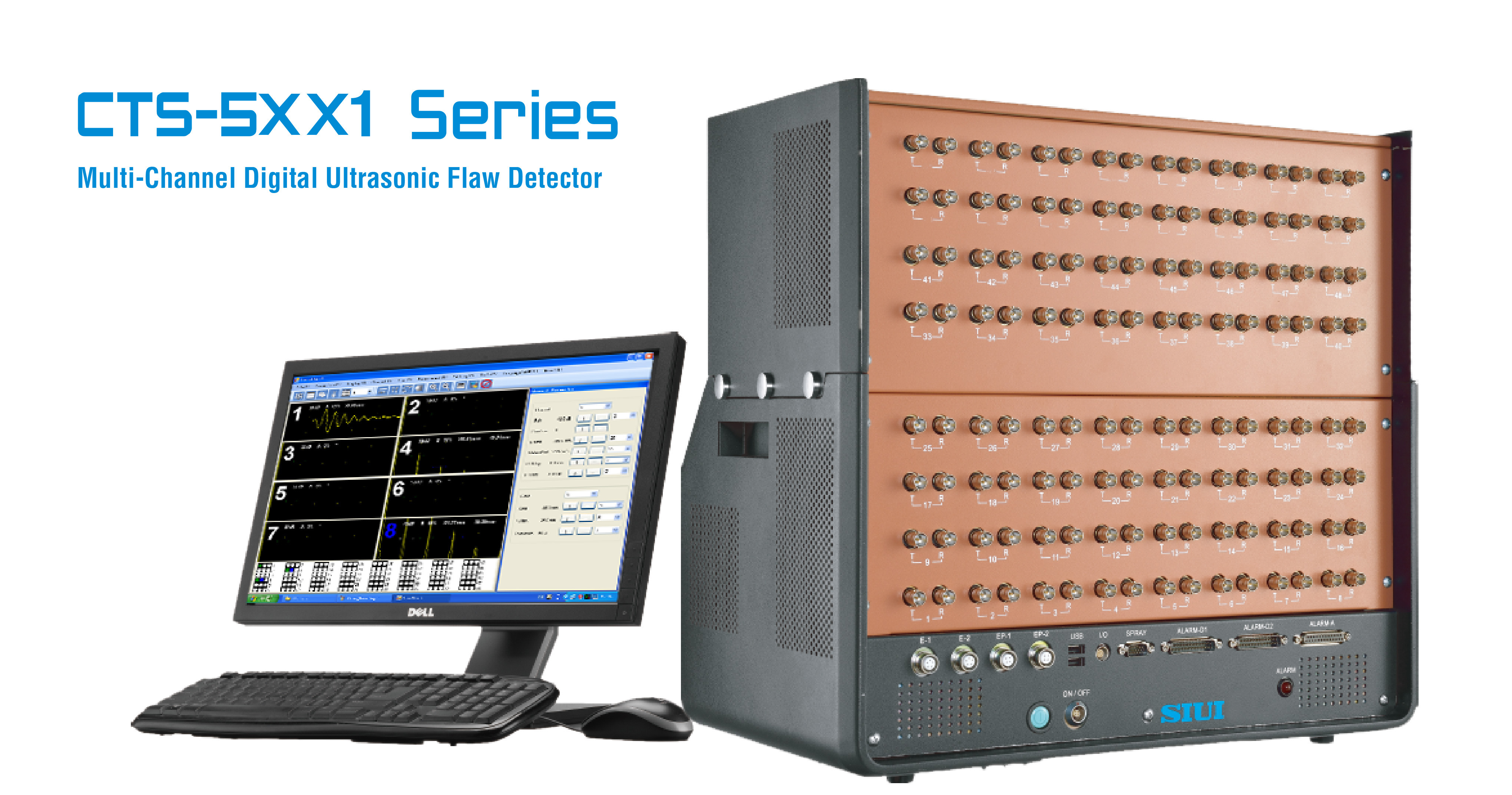
Entering 2017, the life of power battery manufacturers is not easy-the
price of upstream raw materials has risen, and the subsidy of downstream new
energy vehicles has fallen, urging batteries to reduce costs. However, even so,
for the power battery industry, a round of new technology and capacity expansion
But it is stepping up.
Entering 2017, the life of power battery manufacturers is not easy-the
price of upstream raw materials has risen, and the subsidy of downstream new
energy vehicles has fallen, urging batteries to reduce costs. However, even so,
for the power battery industry, a round of new technology and capacity expansion
But it is stepping up.
In the process of advancing the research and development of
high-energy-density batteries, various companies are scrambling to get ahead.
Battery companies have increased R&D investment, and news of improving the
energy density of cells and battery systems by improving the raw material
systems such as positive and negative materials, separators, electrolytes, and
optimizing the PACK structure have been one after another. Ningde Times, Guoxuan
High-Tech, Tianjin Lishen, BYD, AVIC Lithium Battery, BAK Battery, Thornton New
Energy and other leap forwards in battery energy density have frequently
attracted the attention of the industry.
The increase in energy density is, on the one hand, the inevitable result
of the pursuit of longer cruising range in the development of new energy
vehicles. On the other hand, it is closely related to the amount of government
subsidies. Entering 2017, the new energy vehicle subsidy policy has been
adjusted, including the battery energy density as an important reference
indicator for subsidies. On March 1 this year, four central ministries and
commissions issued the "Action Plan to Promote the Development of the Automotive
Power Battery Industry", clearly stating that the improvement of battery
specific energy will be one of the key development goals in the future. The
energy reaches 260Wh/kg, the cost is reduced to less than 1 yuan/Wh, and the
specific energy of the power battery unit reaches 500Wh/kg in 2025.
In addition, in order to improve China's power battery research and
development level, form a joint research and development force between
enterprises, and jointly promote technological progress in the industry, the
Ministry of Industry and Information Technology also took the lead in
establishing the National Power Battery Innovation Center last year. The goal is
that my country's power batteries will catch up with Japan and South Korea by
2020. In the view of Miao Wei, Minister of Industry and Information Technology,
“To build a manufacturing innovation center is to make up for the broken links
in the innovation chain, especially to solve the so-called "valley of death"
from laboratory products to industrialization, and to disperse innovative
resources. Unite with the power of innovation."
Under a series of incentive measures, the energy density of power batteries
has repeatedly broken records. A few days ago, Minister of Science and
Technology Wan Gang stated at the 8th Clean Energy Ministerial Conference and
the 2nd Ministerial Conference on Innovation Mission that since 2010, when he
took the lead in the development of electric vehicles on a large scale, the
energy density of electric vehicle batteries will be able to Double the cost and
reduce the cost by about 50%.
China is striding forward in the forefront of increasing energy density,
and various battery technology routes are innovating, such as graphene,
lithium-air batteries, supercapacitors, etc., reports from time to time appear
in the newspapers.
Continuously climbing to new heights of energy density while breaking the
key constraint of the range of new energy vehicles, it is also promoting the
technological progress of the entire battery industry. However, in this round of
competitions, the pure pursuit of high energy density has also raised concerns
in the industry-if higher energy density means more subsidies, will the pursuit
of energy density neglect battery safety, lifespan, etc. Important
indicators.
The battery safety and lifespan are not a new topic for a long time. In
recent years, new energy vehicle combustion incidents are not uncommon. The
service life of power batteries in new energy vehicles is 3-5 years. At the same
time, in extreme environments, the attenuation of power battery energy density
is a non-linear change, these doubts to some extent dispel consumers'
willingness to buy new energy vehicles.
A third party has conducted a survey, and more than 90% of ordinary
consumers travel within 80 kilometers per day. So does the new energy vehicle as
a means of transportation have to pursue high energy density? In addition, the
longer the driving range, the higher the price. Comprehensive cost-effectiveness
and rational selection of the appropriate driving range will become the
mainstream concept.
Therefore, only using battery energy density as the only indicator is
biased. Other factors such as safety, lifespan, and economy are equally
important. This is also an aspect that battery companies must focus on in future
research and development.



































